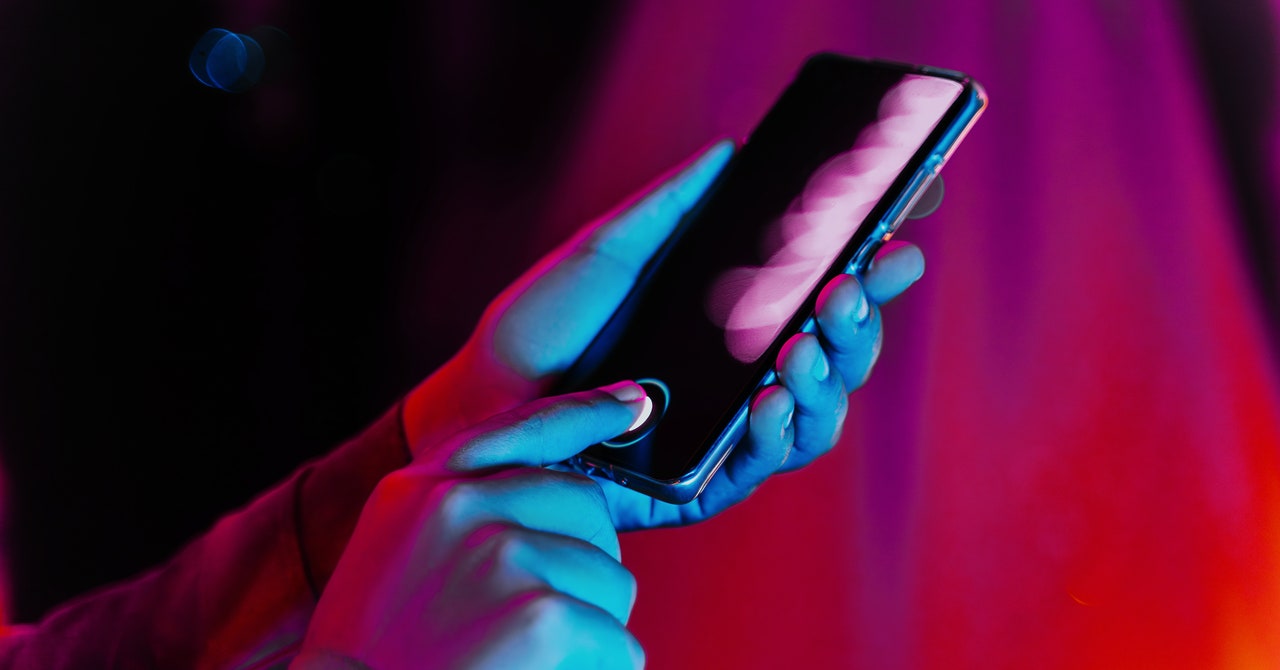
Terri Krejci, 60, from Huntsville, Alabama, was working as an overnight manager at CVS in 2014 when she discovered she had breast cancer. She had six months of chemo, then surgery. Her medical team warned her that she might lose her hair, that she would get nauseous. She had no idea she could lose her fingerprints.
“It was just after my second round of chemo, and I had a Samsung phone that had a touch ID, and it kept saying ‘fingerprint not detected,’” says Krejci, who is now retired. “Then one of the nurses said, ‘Oh yeah, I guess we forgot to tell you about that. That’s gonna happen.’ They said it could be quite a while before I would see those fingerprints come back again.”
This caused a particular problem—as Krejci needed to use fingerprint ID to get into the cancer unit. Someone had to let her into the center each time, until they finally gave up and gave her the code. Ten years later, her hands are mostly back to normal, she says, but she still has to reset the fingerprint scan on her phone regularly.
Langenburg, the forensic scientist, says issues with fingerprints aren’t going to go away any time soon. He predicts the trend will be to use multiple biometric factors to compensate for potential fingerprint issues—a retinal scan or face ID and a fingerprint, for example.
He says that for people who know they have fingerprint issues—construction workers, rock climbers—there are ways to make your hands easier to read. Make sure to hydrate, and use sanitizer gel or hand lotion right before scanning. In Minnesota and Wisconsin, professionals tasked with taking fingerprints use “udder balm,” typically used on cows, because it makes the fingers a little sticky, and that helps with fingerprint recording.
Of course, there are some people who want their fingerprints to be obscured—particularly criminals. “They often will pay large sums of money to try to obfuscate their fingerprints through acid or surgery or whatever,” says Thomas Busey, a professor of psychological and brain sciences at Indiana University, who studies the use of fingerprints and accuracy of fingerprint analysis.
But Langenburg says that going through those extensive procedures often has the opposite effect to what’s desired, creating a more unique mark. He points to the American gangster John Dillinger, who cut his fingers and then poured acid into them, which scarred the middles of his fingers but left all the tips, joints, and sides all identifiable. “As soon as we see those kinds of red flags, we immediately know this person’s trying to hide their identity. It’s such a nonsense thing that’s been going on for 100 years, and it does not work,” Langenburg says.
Busey believes thinks that it’s odd that we’ve ended up focusing on using fingerprints for biometric identification. A criminal fingerprinting usually involves recording all 10 fingers as well as the palms, capturing a vast amount of detail, whereas something like a phone or computer or airport scanner may use only a single finger, or just an area on that finger. It’s a very limited identifier if something goes wrong—and also something that gets around.
“You probably have a password for your computer, and you probably don’t get into the habit of sharing your password with other people,” Busey says. “But when your fingerprint is your password, you’re literally leaving your password on every object you touch.”
Services Marketplace – Listings, Bookings & Reviews
